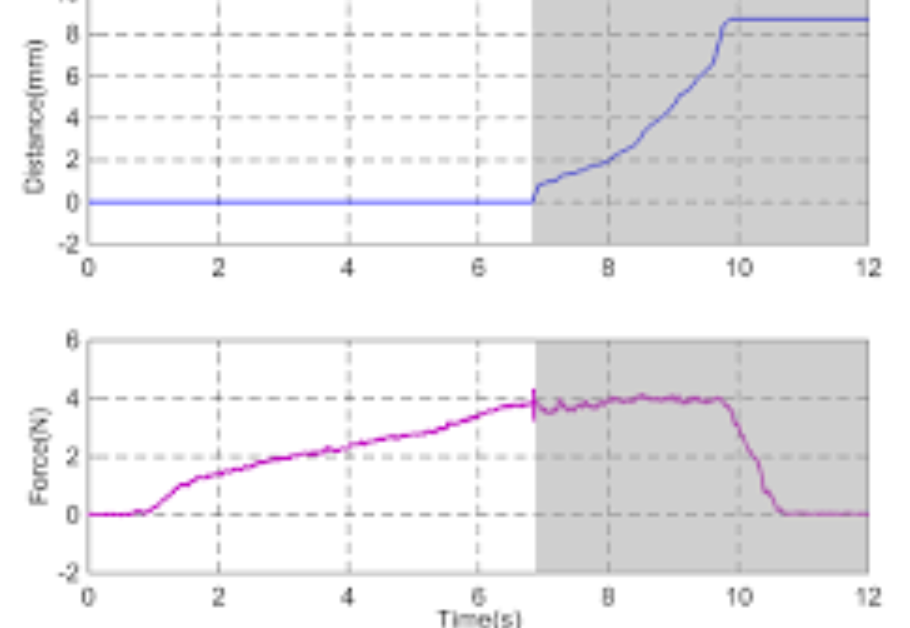Improvement in stiffness performance of force feedback devices with ultrasonic motors
PubDate: May 2018
Teams: Beihang University
Writers: Jian Song; Yuru Zhang; Hongdong Zhang; Dangxiao Wang; Weiliang Xu
PDF: Improvement in stiffness performance of force feedback devices with ultrasonic motors

Abstract
In the design of a haptic device, it is difficult to achieve simultaneously high stiffness and low friction and inertia. In our previous research, we proposed a co-actuation method to overcome this difficulty. The method uses a physical constraint to simulate hard contact and allows the device move freely in free motion space by keeping a clearance between the physical constraint and the link of the device. A stiffness of 40N/mm and back-driving friction of less than 0.3N have been achieved in a co-actuation module of one degree-of-freedom (DOF) using an electromagnetic motor and gear reducer. However, the stiffness is not high sufficient (10N/mm) at the initial contact due to the backlash in the transmission. In this paper, we explore the possibility to use an ultrasonic motor (USM) for solving this problem. Compared with the electromagnetic motor used in the early design, the USM is able to generate a larger resistant torque without gearbox, at a fast rate. We develop a model to determine the maximum clearance between the physical constraint and the link. We verify the clearance model and the force feedback performance using a one DOF haptic device. The experimental results show that the device achieves a stiffness of 61.5N/mm and back-driving friction less than 0.4N, which implies that the USM is promising for achieving both high stiffness and low friction and inertia required by the haptic application.

